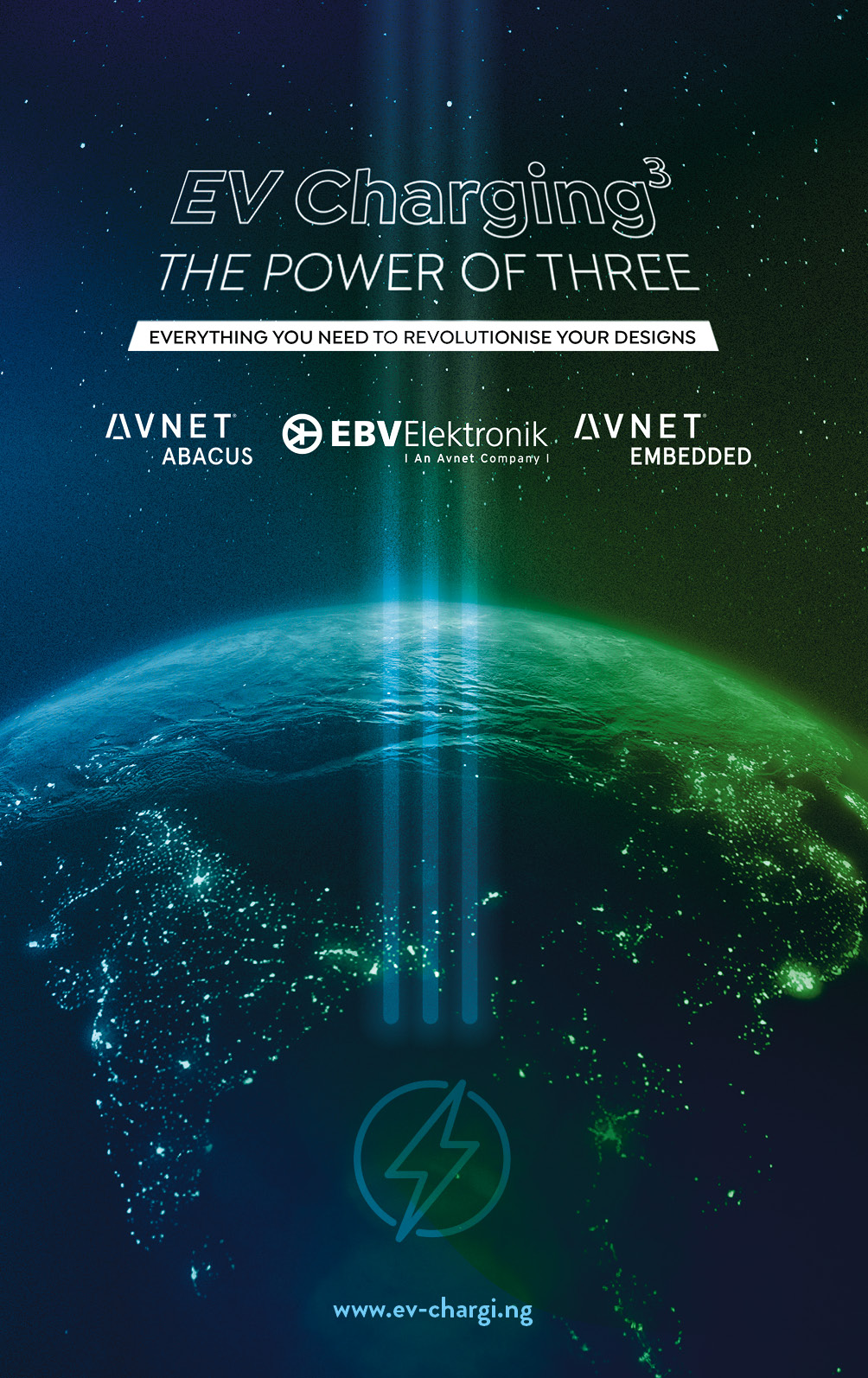Supplying vehicle batteries with the correct current is essential for charging stations, and it is the job of inverters to take care of this. New technologies are enabling better efficiency, not just with regard to losses, but also design complexity.
Inverters are a central component of every charging solution. Minimising charging time while simultaneously optimising system efficiency is a main focus when designing inverters for chargers.
Hybrid inverters use mains and solar energy
When charging the vehicle at home or at work, people normally want to use power from a photovoltaic system on the roof.
This is a topic for inverter technology: SolarEdge has developed the world’s first inverter with an integrated e-charge controller which combines photovoltaic systems and charging electric vehicles in one single piece of hardware.
The system allows the simultaneous use of mains power (= alternating current) and solar power (=direct current). As the powers are combined downstream of the circuit breaker, the charging speeds can exceed the in-built limits of the circuit breaker.
This means that homeowners with a single-phase inverter can charge their electric car up to 2.5 times faster than with a traditional charger. Moreover, system costs are reduced because the costs for the installation of a stand-alone charger and inverter are eliminated.
“SiC is considered the enabler to provide good efficiency, and a supply of 1,200 V devices is feasible. With more 800 V EVs coming, SiC is expected to grow quickly.”
Poshun Chiu, Technology & Market Analyst, Compound Semiconductors & Emerging Materials at Yole
Straight to the medium-voltage grid
Modern inverter technology can also play a role in reducing the number of required components in the field of DC fast-charging technology. Solid-state transformers (SST) are one example of this.
They are composed of silicon-carbide-based power electronic transformer stages which allow greater flexibility in controlling power distribution networks.
Depending on requirements, they make seamless AC-DC and DC-AC conversions possible. When used in charging stations, they can charge various types of vehicle battery with different voltage and performance levels.
In particular, SST technology makes direct connection to the medium-voltage grid of the energy supplier possible, without any additional equipment for energy conversion and the associated commissioning.
More efficiency with silicon carbide
Another important trend for inverter technology is the transition to silicon carbide semiconductors. They offer an array of advantages in comparison to traditional power semiconductors made from silicon.
They enable faster switching speeds, lower inductance and capacities, all of which results in smaller component sizes.
With this, smaller chargers can be built that work at a higher efficiency and require less cooling than their silicon equivalents.
This means that it is possible to design simpler charging systems, while still delivering higher charging efficiency and reliability than silicon alternatives.



